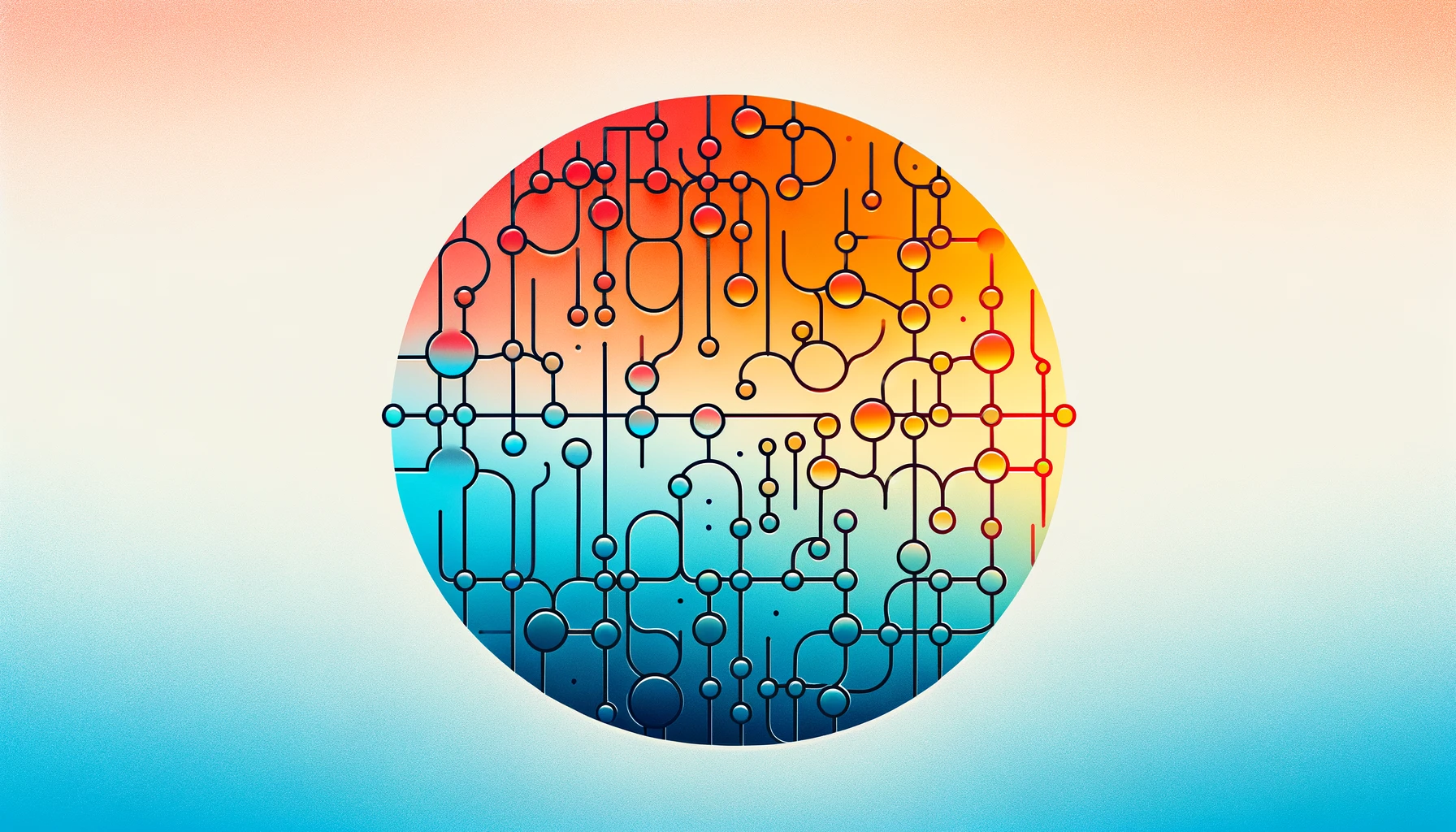
Energy One Podcast, Episode 5 - Entrochemistry and Entrochemical Systems with CEO Sanza Kazadi
Summary & Key Highlights
Welcome to Energy One, the podcast that explores the world of Energy through the eyes of industry leaders, experts, and innovators.
In this episode, Maryon speaks to Dr. Sanza Kazadi about Entrochemical Systems. They talk about his groundbreaking technology: how it started, how it’s going and what he sees for the future.
Our Guest Today: Dr. Sanza T. Kazadi
Dr. Kazadi is the founder and CEO of Kazadi Enterprises, which is developing a technology platform and products that leverage environmental thermal energy to accomplish heating and cooling, water purification, and electrical power production. He discovered and developed entrochemical systems initially based on his theoretical work in swarm engineering.
Kazadi Enterprises creates technology that uses water to capture heat in the air to drive the processes that keep us alive and comfortable. This energy can be used to purify water, to condition air, to heat and to refrigerate. It is carbon free and available everywhere at any time.
Interview with Sanza Kazadi about Entrochemistry and Entrochemical Systems
What led you to start your career as an innovator and entrepreneur?
Well, basically, I didn't start out wanting to become an entrepreneur, I started out wanting to become a scientist. So I went to school and studied physics, and then studied computation and neural systems with a goal of becoming a professor at some point. But along the way, I had to make money like everybody else, I was a poor student. And so I had to make a little bit of money. And that led me down the path of starting my very first company. And that kind of got me started on the entrepreneurial pathway.
How would you explain what an entrochemical system is?
Okay, so an entrochemical system is an open energy system that is capable of using environmental heat as an energy source. And it does this by using properties of entropy, and chemistry, hence, the name, entrochemical. So the idea is that in our earth system, we have an atmosphere, which contains a lot of heat energy. A lot of people think that it's cold when it's freezing, but it's really quite warm, it's at 273 degrees Kelvin. And that's a lot of energy that we have available. And of course, when it's above freezing, it's warmer than that.
So what we can do is we can use the energy in the air to change properties of salt solutions in such a way that the salt solution has what's called less entropy. So it's a less randomized state. And that means, in practical terms, that the salt solution is more concentrated than it was before we started using the environmental, thermal energy. And because we have that capability, we can then take that salt solution and use it with other water supplies to generate thermal gradients, which can then be used to generate work. Those thermal gradients basically mean that one side of our device has a different temperature than the other side of the device. And because they have different temperatures, you can use them to do different kinds of work.
And so you put these two things together, and you have a way of using energy that's in the air to make it possible for you to do work. But it's an open system. Of course, the way that you use the heat in the air is that you evaporate water from your salt solution, which means of course, you have to add more water to the system. And that's also a part of the definition of entrochemical. So it's an open system that takes water and uses environmental heat to be able to do work. I hope that's clear.
How did you manage to apply this technology and turn it into a solution?
Well, at the heart of it, this system is similar to a technology. In fact, I could even say it's just another name for a technology known as an open sorption system. An absorption system is something where you use different concentration gradients to create thermal gradients. Once you have a thermal gradient, there are a lot of things you can do with that thermal gradient. If you have a device that maintains that thermal gradient so one side is colder than the other side. Then you can move heat from a colder area to a warmer area, so you can use it as a heater. You can also move heat out of a colder area into a warmer area so you can use it as a cooler.
We all have these things in our houses they're air conditioners and refrigeration. And also heaters in the sense that you're using a heat pump as a heater. There are other things you can do when you're moving heat from one point to another, you're also, in our systems, moving water from one part of the system to another. And that movement of water enables you to generate mechanical work. So you can move turbines, you can push pistons and that type of thing. And when you can do those things, you can couple those to other machines that are able to do different kinds of work. So that's the basic idea behind the way in which we use this technology to do various things.
What are some of the challenges that you came across while developing these technologies?
Well, for me, this was a very new area when I started. So I started my career working on systems called evolutionary computational systems, and swarm engineering systems. And those were computational systems are systems that run on computers. And we use evolution to kind of design things. And then swarms are generally thought of as lots and lots of robots kind of working together to do complicated things. For me, moving into these thermodynamic systems, was a result of realizing that some of the theory around the robot systems that I was working on, translated nicely to thermodynamic systems.
And so it was really just kind of an interesting problem to kind of look at that led me down this path. And there are a lot of pieces, like tools in the tool belt that I didn't have that someone who had started in that area might have had. So for instance, I think the hardest problem for me and for my team has not really been understanding the theory or figuring out how these things should work. But the hardest part is really just building them.
Because what's difficult for us is figuring out how to manufacture pieces that work reliably and consistently. And that involves choosing the right materials, choosing the right adhesives, choosing the right sealants, all of these things are part of the problem. And in fact, those, for us, are the most complicated pieces of the puzzle at this point.
What are the next steps for Kazadi Enterprises?
Yeah, so one of the first projects that we're working on is a refrigerator to replace retail grocery refrigerators. Because we're getting most of our energy from the heat in the air, we're not using a lot of electricity. So we can reduce the amount of electricity (used) by 90%. So that's the first product that we're kind of pushing on right now. And our goal is to have this technology fully working by February, and then have it ready for our first pilots by June. That's our goal at this point.
And so if everything goes well with those pilots, then by the end of the year, we'll probably see some of our very first sales that the end of the year 2024, we'll see our very first sales of refrigerators. And from then it's just going to be a question of how quickly can we scale up our company.
What impact do you hope that your technology will have in our lives and our environment?
Yeah. So I think, at the base of the kind of the question for us, when we started thinking about this technology, and we realized that there is this kind of rich literature around sorption, or refrigeration out there, which when we started the project, I was completely unaware of, the question for us was whether or not you could drive that same refrigerator using environmental heat, as opposed to a conventional method, which was using either electricity or some type of combustion to drive the system. And of course, the answer for us was, yes, you can drive that.
And for me, this really means that it is possible to take an energy resource, which until recently, we've gone through these arguments over the years that, you know, this resource is unavailable to us. And if you look at the arguments people have made based on thermodynamics, you know, those arguments are actually correct, except that they miss one tacit assumption, and that is that our energy system on the earth is closed. And if it is closed, then using heat from the air as an energy source isn't a viable possibility.
But in fact, our earth system is not a closed energetic system. As we all know, it gets warm during the day and it gets cold at night, and there's this energy flux through our earth system. And I think at the base of it, what I am hoping the impact is going to be is that people will kind of think about the way that you can acquire and use energy differently. We are actually living in a system, walking through a highly energetic environment. And that energy is in fact available to us if we have the right mechanisms to access it.
And I think that's really what I want people to kind of understand. And the impact that I hope people will take away from this is that there are more ways to get energy than plugging into a wall socket, it is possible to get much of the energy that we are trying to use in our daily lives for the things that we do on a daily basis by harvesting it from the energy that is in the environment that we all already live in. So that's kind of the impact that I'm hoping we have.
And once we have that impact, I'm hoping that a lot of people will say to themselves, well, 'how do I create', you know, 'appliance A, or appliance, B, or appliance C,' and take advantage of this energetic process, so that we can improve things like our resilience to climate change, reliability of our energy systems, and also our independence, and in a sense, our individual wealth. Because if we're not having to pay for energy that we use for some of the things in our lives, or at least not having to pay as much, then we are wealthier.
How was your experience at the Chicago Climate Week, did you attend some interesting events?
Yeah, that was a great event, I really enjoyed it. It was a much of a blur for me, because I ended up pitching my company, I think four or five times. And, you know, I was going from event to event to event. I think the highlight for me was standing on the main stage on that Thursday morning, and giving my pitch in front of 400 people. That was a lot of fun.
Are there any upcoming projects that you are particularly excited about?
Well, as I said, we're moving towards our pilot projects, which I'm super excited about, those pilot projects are going to provide cooling systems for, well, a couple of liquor stores to begin with. And then also surprisingly, vertical farms, there are three vertical farms that are interested in using a modified version of our refrigerators, they're much bigger, and they run at higher temperatures to help them basically grow crops.
And I'm really excited about that. Because I also believe that vertical farming is one of those technologies that we should lean into as a society, given what's happening with our climate. So those are coming up next year, probably in second quarter of next year.
What motivates you to explore such diverse areas and develop new technologies?
Well, I think, first of all, I'm curious. I think a lot of the people I spend time with are also quite curious. And I don't like to be confined by one area of interest. There are a lot of interesting things in the world. And I like to kind of look at a lot of different things, I think professionally because I started my first company, right out of college. And it was a research lab that generated its own money. So we didn't have to go out and get grants to do the research that we were doing. I had a lot of freedom to look into a lot of different things as I became interested in them.
And so that made it pretty easy for me to kind of inculcate myself in this culture, where I can go down a lot of rabbit holes. I really do value that because a lot of the solutions that appear in one area of science can come from other areas that are really completely independent until you realize that there's this kind of unknown connection. So having the ability and, you know, freedom to kind of look into all of those different things that come up that are interesting to me, has been part of my personal culture,
It was interesting, you know, just as an example: We were working on this technology, and we were trying to create these arrays of thermal gradient devices. And the data coming out of the lab was confusing, and it definitely wasn't working the way we expected it to work. And then I remember I was reading this paper on an aspect of climate change, which was talking about how there were freshwater lakes inside of our saltwater ocean, you know, before the ice built up on the poles, during the last inter ice age period.
And I started thinking about that. And I realized that something like that was occurring inside of our devices. And when we dealt with that the devices suddenly started working perfectly. So that's just a beautiful kind of illustration of the fact that something that seems to be completely different and independent of what we're doing in the lab can oftentimes be exactly what we need to determine a solution.
Imagine you're speaking to a room full of young scientists and engineers passionate about renewable energy and sustainability. What is the one message you want to leave them with?
I think the most important thing that I would say — Well, I guess there are two things. First of all, question your assumptions, you know, find out what you think of the universe, which hasn't been challenged, and challenge it. Find out what you know, or what you can know that other people have decided is impossible.
That's one of the things that, you know, working with young kids, is really good at. You know, kids don't have any predetermined ideas about how the universe works. And they're willing to try a lot of different things that more seasoned scientists won't, because we, of course, all know that whatever it is, it doesn't work. And so I would say question that, find that youth.
And the other thing is that, one of the things that I kind of cling to for myself is this idea that every person matters on the planet, every person can make a difference in the way history unfolds. And for those of us who are trying to make a difference in the technology space, this means that, you know, every person can find a way to change the way technology unfolds on our planet, in a way that makes it a better place to live for everybody. And I think if everybody kind of understands and believes that, then we have a lot more opportunities available for us in the long run.
Right now, we're at a point in our history as a species where we need lots of ideas. Because I don't think it's an exaggeration to say that our survival as a species, depends on us solving the climate crisis. I would even go so far, it's a full stop, you know, with that one. We need as many people with as many different ideas as possible. And we need people to think outside of the box.
Don't necessarily believe what everybody says when they tell you this is the one way in which we're going to solve everything, because no solution has only one problem. So just join the ranks of the people with lots of different ideas, and believe that you have a way to change the world, because you do.
Get in touch with Sanza Kazadi
Show recommendations
- Star Trek: The Original Series (1966–1969)
- Star Trek: The Next Generation (1987–1994)
- Star Trek: Deep Space Nine (1993–1999)
- Star Trek: Voyager (1995–2001)
- Star Trek: Enterprise (2001–2005)
Disclaimer: This podcast is for informational and educational purposes only, and does not imply suitability. The views and opinions expressed by the presenters are their own.
For any inquiries or comments, you can reach us as info@energy1podcast.com.
The Energy One Podcast is brought to you by Ladybug Energy. Get energy tips and advice at LadybugEnergy.com.
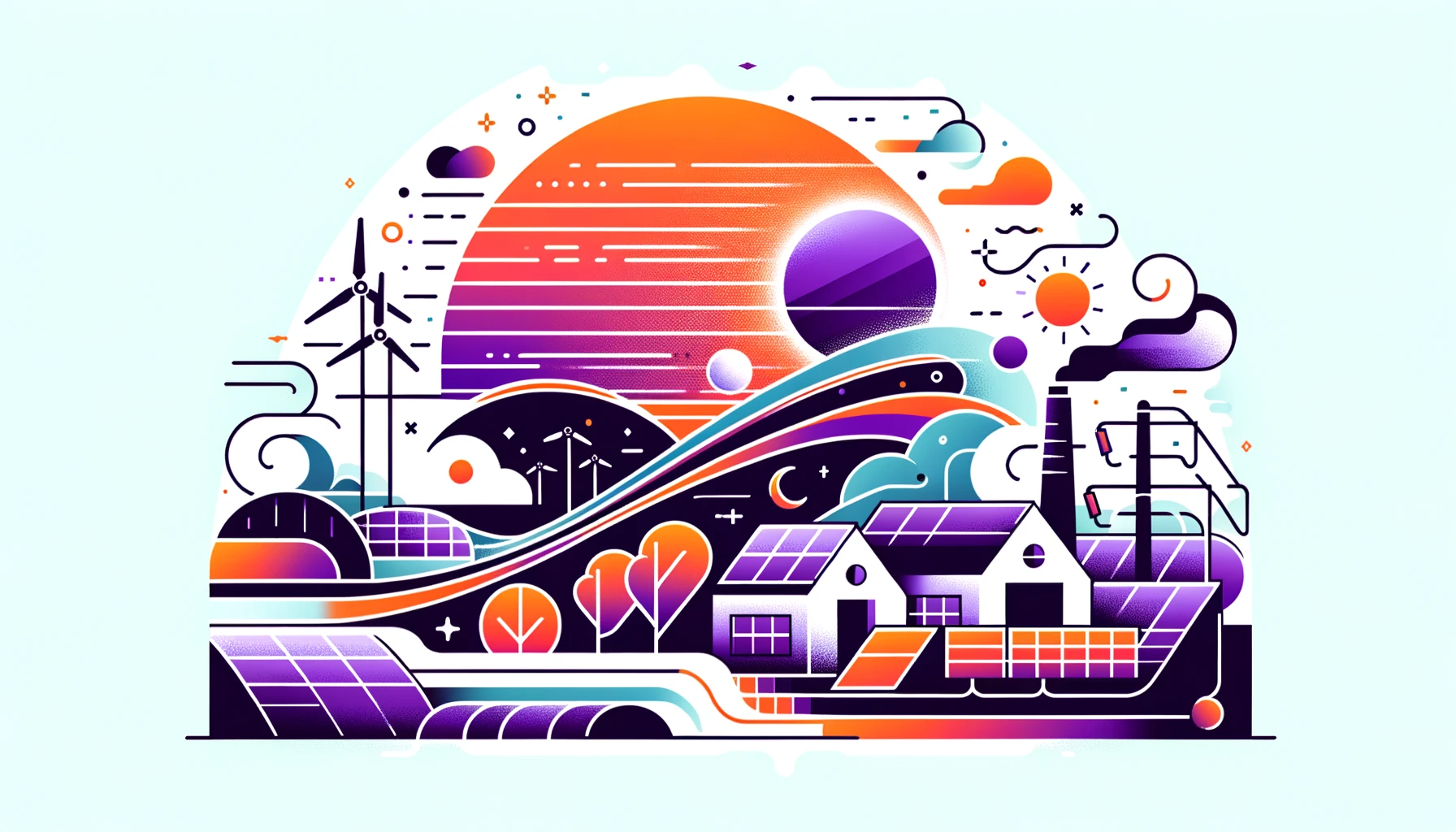
January 23, 2024
Energy One Podcast, Episode 6 - Rhythm Energy and Net Metering with CEO PJ Popovic
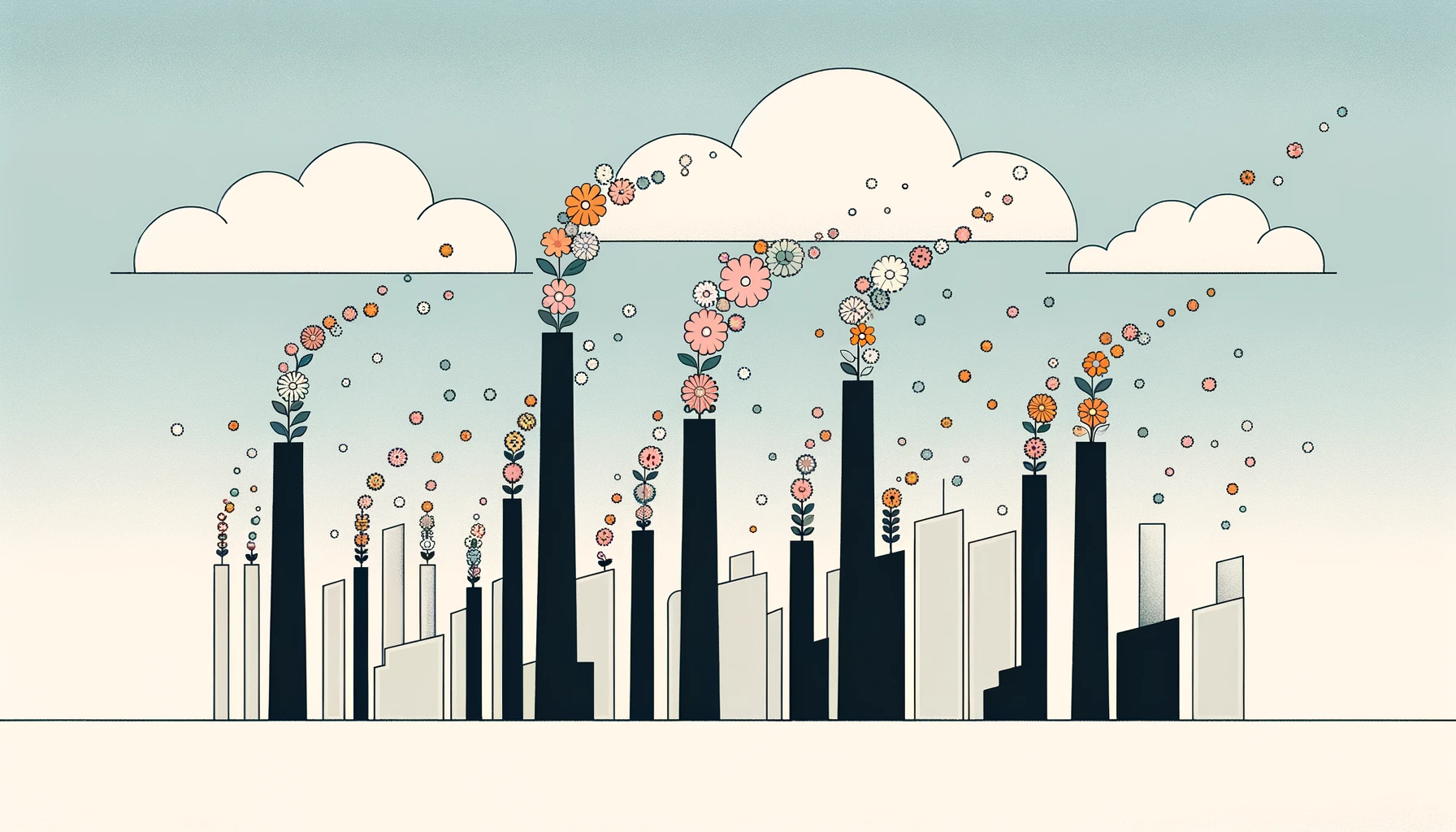
December 22, 2023
Energy One Podcast, Episode 4 - Nitrilation with Mars Materials CEO Aaron Fitzgerald
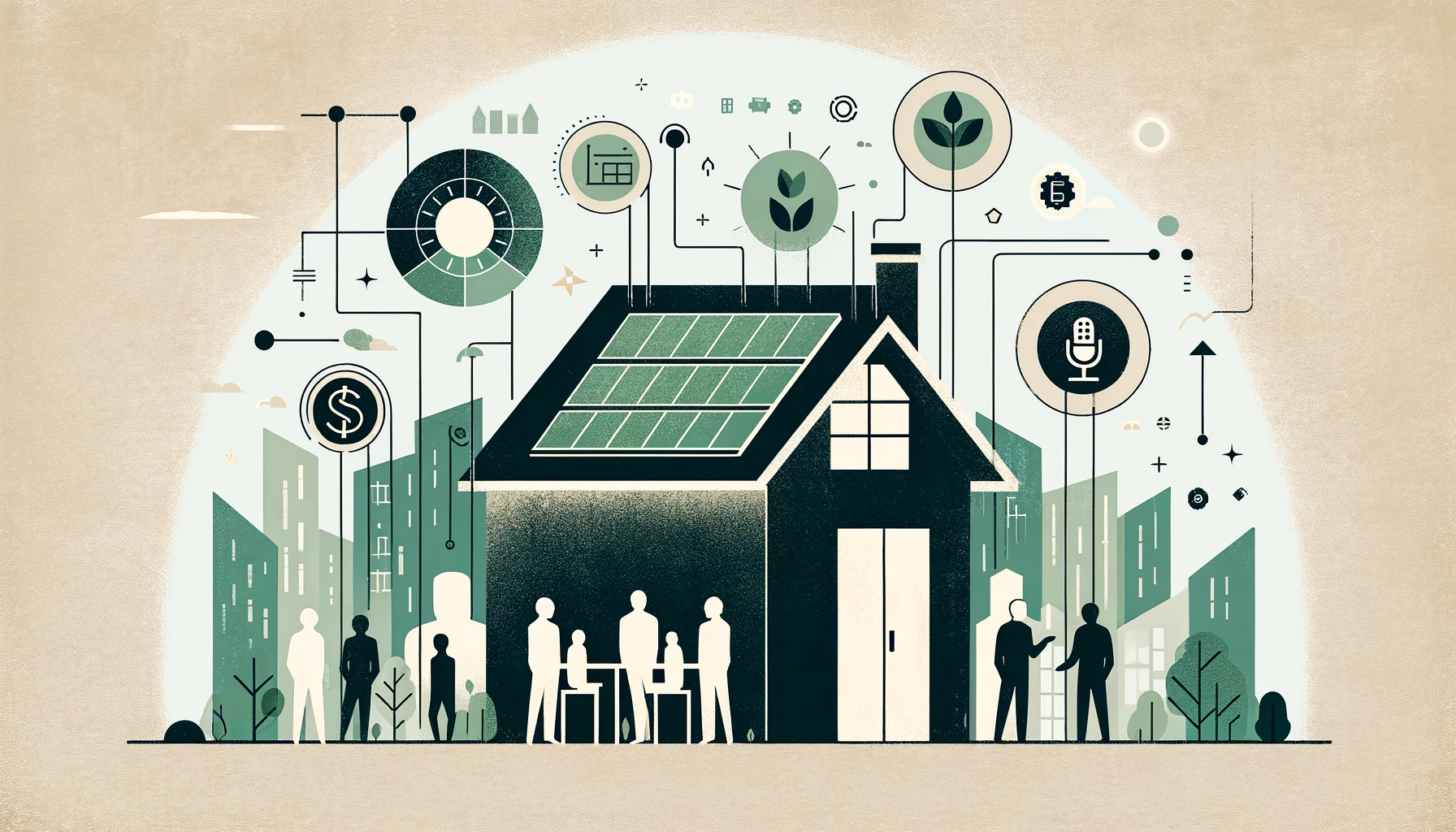
December 5, 2023
Energy One Podcast, Episode 3 - Capital Good Fund with CEO Andy Posner
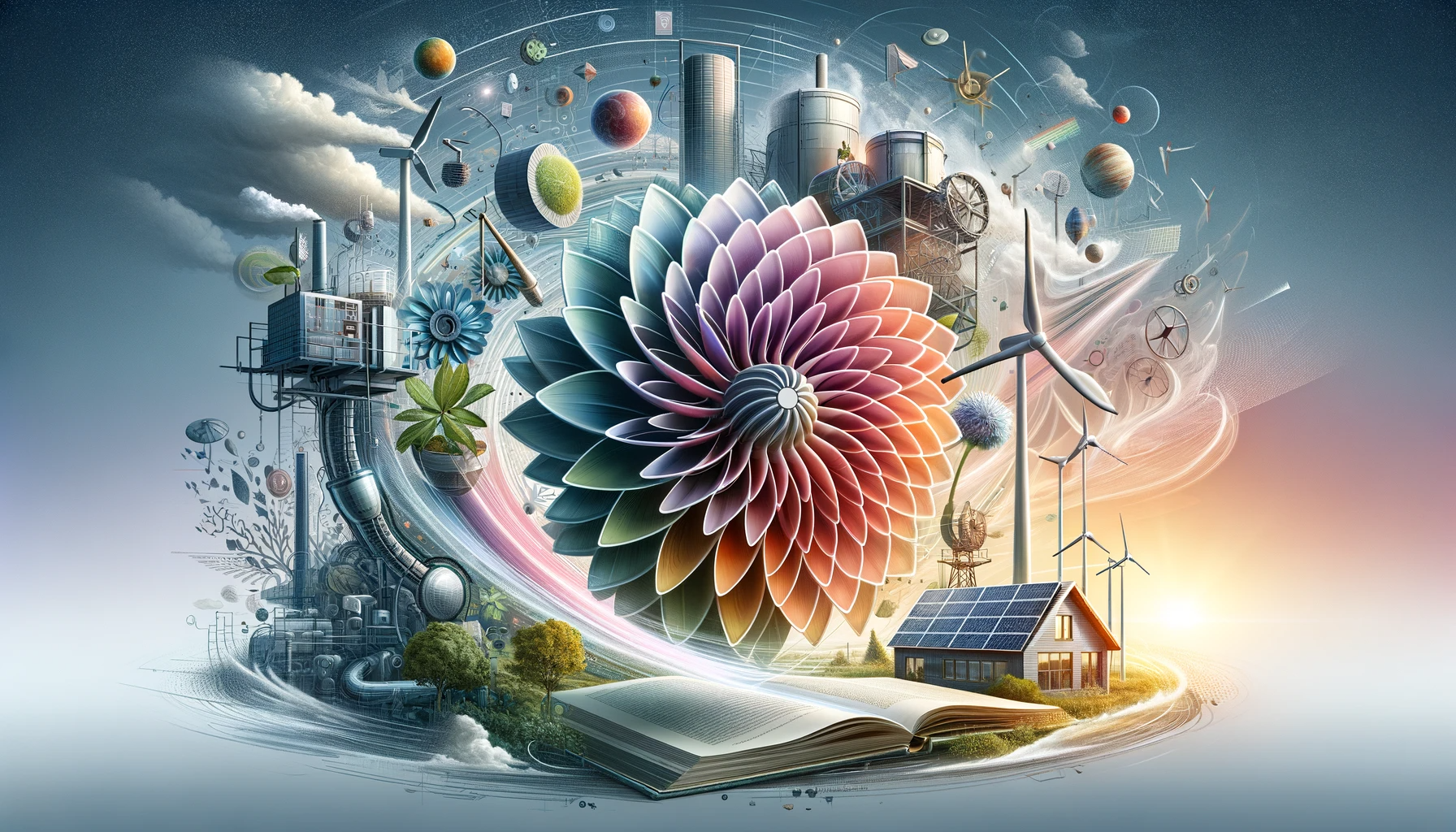
November 21, 2023
Energy One Podcast, Episode 2 - Flower Turbines with Dr. Mark Daniel Farb

November 7, 2023
Energy One Podcast, Episode 1 - Smart Grids with Dr. Joshua Rhodes
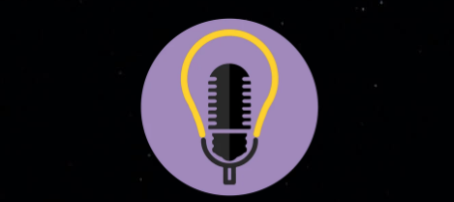
November 2, 2023